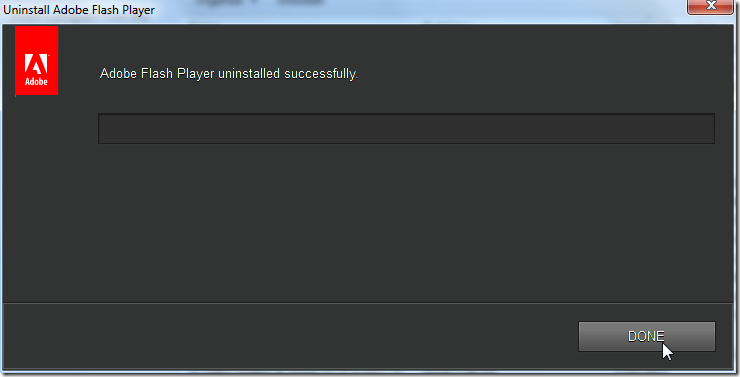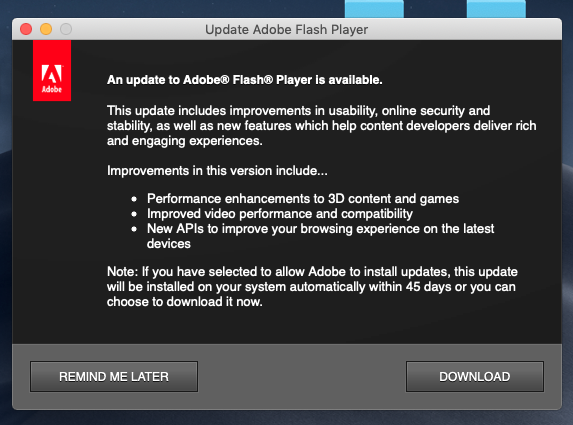
The IRS recently said that "ongoing review of filing data shows there continues to be a high volume of exempt organizations that paid compensation of over $1 million to at least one 'covered employee' but did not report IRC Section 4960 excise tax on Form 4720," and thus are liable for IRS penalties. "Like the proposed regulations, the final regulations provide guidance and examples for calculating the excise tax under a variety of scenarios," Ropes & Gray noted. " The final regulations are largely unchanged from the proposed regulations issued in June 2020 … providing only minor clarifications and some adjustments intended to ease compliance by taxpayers and falling short of wholesale interpretive changes that had been proposed by practitioners and tax-exempt organizations," according to an alert by Boston law firm Ropes & Gray.


The amount of the excise tax, which took effect in 2018, mirrors the corporate tax rate, which is currently 21 percent. The $1 million figure includes pay from the applicable tax-exempt employer (ATEO) and any related organizations, as defined under tax law. The tax is levied on tax-exempt organizations that pay over $1 million to any "covered employee," meaning the five highest-paid employees at the organization, often the CEO and other C-suite executives. 19 to help tax-exempt not-for-profit organizations comply with the excise tax on pay considered to be excessive under Section 4960 of the Internal Revenue Code (IRC).

The Department of the Treasury and the IRS published a final rule on Jan.


 0 kommentar(er)
0 kommentar(er)
